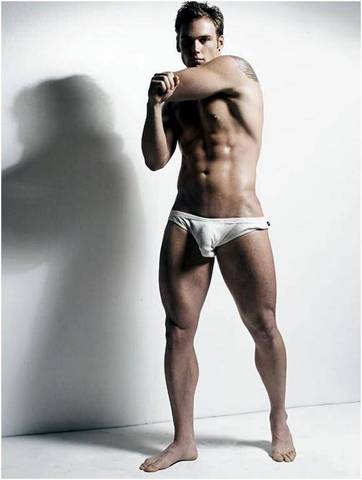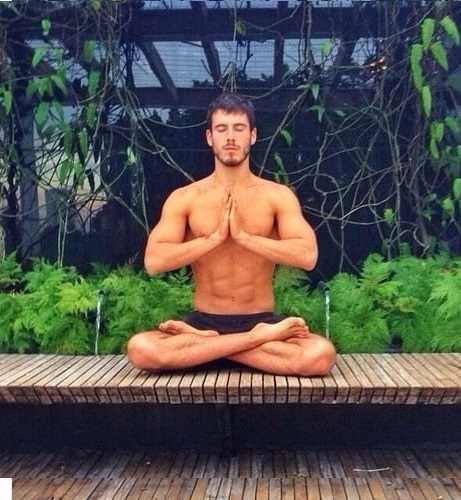History of Massage

Massage has been around for 1000’s of years and goes back to around 3000 BC. In India it was considered a sacred practice of healing and remedy. Many still believe today that the natural and sacred practice has its place alongside the medical profession to help aid the cure and prevention of illness.
Massage originally wasn’t written down or recorded. It was taught, each generation taught the next generation. You had families or groups known as the Ancients. Mainly the most experienced and elder generations which masseurs / masseuses would go to for advice, training and experience. It was believed that the reason you became ill or you became diseased was linked to the fact your body was out of synch with itself. We can relate to that in the modern day, that fatigued over worked feeling, your cant focus, you ache, your headachy etc. The body responds to that and if you are not stopping then your body makes you ill to make you stop and recharge.
Massage also combined with meditation is known to allow you to resynchronise your body. You probably re synch your phone and computer more time than your body, so maybe you should start to resynch yourself more often.
Moving forward to 2700 BC the healing methods of massage travelled with tradition and culture to South Asia and China. With these areas being mostly Buddhists and Taoists, massage therapy became a combination of Chinese medicine, reiki, martial arts and yoga. Again a tradition of teacher teaches apprentice and pass down the techniques and knowledge through generations of massage therapists.
As time went on it wasn’t until the 2500 BC that practice of massage and tradition of massage therapy made its way to Egypt. This is where we finally see recordings of massages in the paintings left in tombs and carvings created on sculptures and pottery. This like any therapy was developed with the Egyptians own experiences of the human body and they followed pressure points in the body developing the art of reflexology. If you are new to massage reflexology works with applying different amounts of pressure to your hands and feet.
Then in 1000 BC Buddhist monks brought the therapy of massage to Japan and like previously, as the tradition moves continents, it has more added to and it is developed. The Japanese designed a technique based upon strengthening and regulating the organs by rebalancing energy levels. This stimulation of the body parts like the Egyptians became known as Shiatsu.
Now between 800 and 800 BC the Egyptians influenced two of the greatest empires in the ancient world. The Greeks and Romans started using massage therapy for their soldiers and athletes. They used different mixtures of herbs and spices with oil to treat different ailments. This became a prescription from the Ancient Doctorates with exercise, balanced diets, fresh air and rest. Forming what we can see today as a healthy lifestyle, and mental healing about re balancing the body.
The Romans took the ideas and they created a trend that we more commonly see today in the 21st Century. Emperors would have massages based upon the ideals that it helped cured illness, disease. The rich had massages in their homes, and the poor were not left out, it became a common practice for massages to be given in the Roman bath houses combined with Saunas and Steam Rooms. The promotion that massages were good for sore muscles and increasing circulation.
In the 17th century the use of massage started to decline when medicine and pharmacology developed. Although the shift for curing and reducing illness moved to advancements in technology, doctors still saw the benefits of massage therapy. Since this point in time both the traditions of massage and the development of modern medicine have been working together to help reduce illness and disease.
There was a large step in the tradition and use of massage in the early 1800’s when Per Henrik Ling, a Swedish doctor, created a method using massage to reduce chronic pain, this is where the typical ‘Swedish Massage’ came from and is used today by many massage therapists.
You will see four basic techniques in any massage from the Swedish massage that was developed:
Effleurage – long gliding strokes with differing pressure being applied.
Petrissage – rhythmic kneading, skin rolling or a push and pull movement.
Tapotement – using a cupped hand or fingertips to beat and tap
Friction – using thumbs, palms, fingertips and even the elbows to apply pressure deep into the tissue in circular or crosswise movements
Massage was then developed with the medical practise for use after injuries or surgery. This meant more training was given to the profession and included good hygiene, anatomy, physiology and pathology. This is why we now have other strands of the tradition of massage based upon movement, recover such as physiotherapists.
As the tradition of massage has developed the practice has developed creating many different forms of massage with many massage types to choose from, and in the 1800’s is the time the terms ‘masseur’ (male massage therapist) and ‘masseuse’ (female massage therapist) developed and are now used to refer to the massage specialist in the 21st century.
As the practise of massage grew in the medical profession, demand started to grow in the 1900’s to 1930’s and it became a legitimate and respectable form of medicine. This then led to the formation of the American Massage Therapy Association, which regulates the practice and teaching of massage techniques.
In the late 1990’s and early 2000’s massage has become very popular with people leading healthier lifestyles, exercising more and seeking out more natural ways to health care and pain management.







